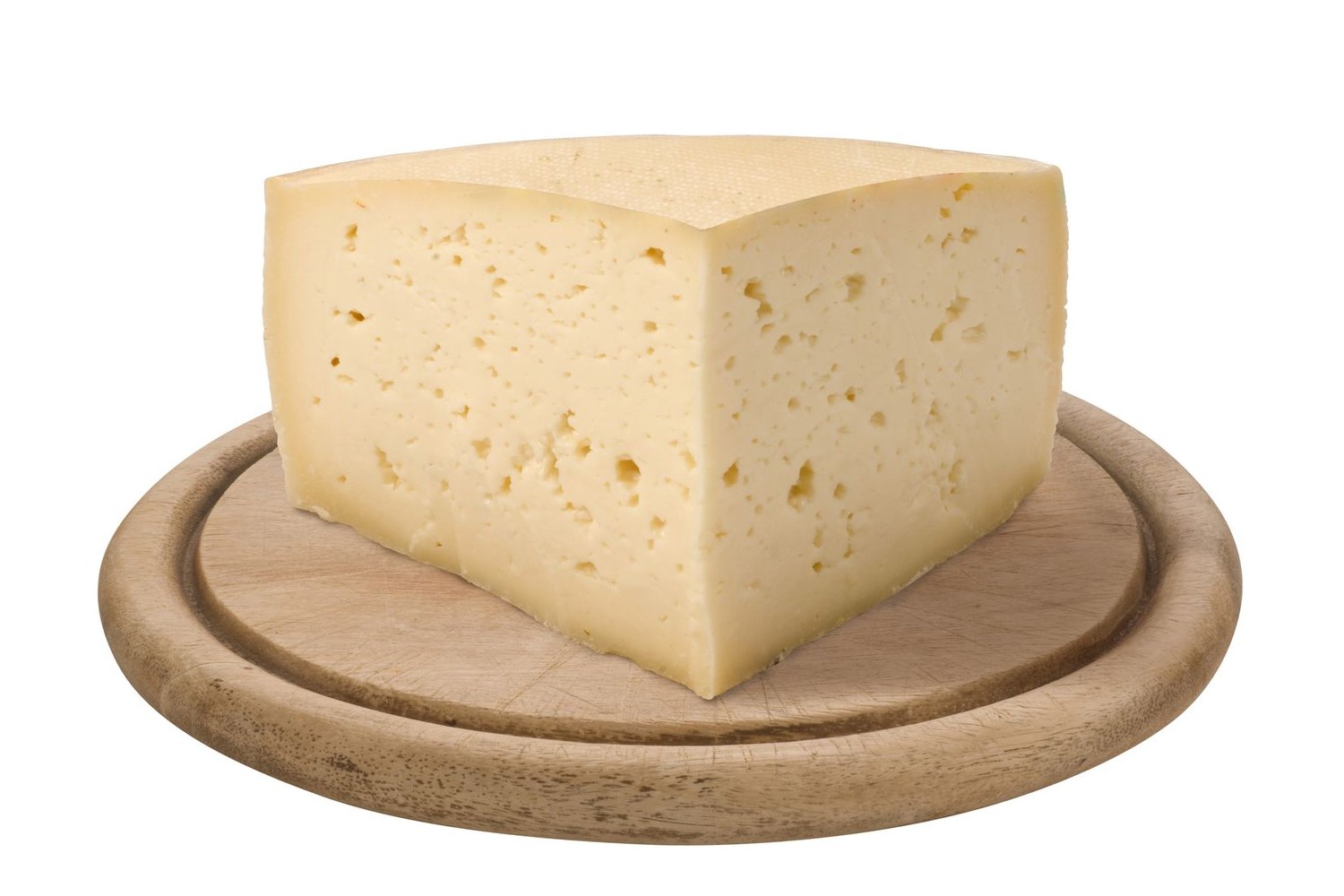
Asiago cheese is a delicious and versatile cheese that has captured the hearts of food lovers around the world. Originating from the Asiago plateau in Italy, this cheese boasts a rich history and a unique flavor profile that can elevate any dish. But what makes Asiago cheese so special? Is it the distinct taste, the traditional methods of production, or the variety of ways it can be enjoyed? In this blog post, we'll uncover 27 fascinating facts about Asiago cheese that will deepen your appreciation for this culinary gem. From its ancient roots to modern-day uses, get ready to become an Asiago aficionado!
What is Asiago?
Asiago is a renowned cheese originating from Italy. Known for its distinct flavor and versatility, it has a rich history and unique characteristics that make it a favorite among cheese lovers.
- Asiago cheese hails from the Asiago Plateau in the Veneto region of Italy.
- The cheese has been produced for over a thousand years, dating back to the year 1000 AD.
- Originally, Asiago was made from sheep's milk, but today it is primarily made from cow's milk.
- There are two main types of Asiago: Asiago Pressato (fresh) and Asiago d'Allevo (aged).
- Fresh Asiago, or Pressato, has a mild flavor and a soft, creamy texture.
- Aged Asiago, or d'Allevo, is firmer and has a more intense, nutty flavor.
- The aging process for Asiago d'Allevo can range from a few months to over a year.
- Asiago cheese is protected by the Denominazione di Origine Protetta (DOP) status, ensuring its authenticity and quality.
How is Asiago Made?
The production of Asiago cheese involves traditional methods that have been passed down through generations. Each step in the process contributes to its unique taste and texture.
- The milk used for Asiago is sourced from cows grazing in the Asiago Plateau, which gives the cheese its distinct flavor.
- The milk is heated and combined with natural rennet to form curds.
- The curds are then cut into small pieces and cooked at a low temperature.
- After cooking, the curds are pressed into molds to remove excess whey.
- For fresh Asiago, the cheese is aged for about 20 to 40 days.
- Aged Asiago undergoes a longer aging process, which can last from 3 months to over a year.
- During aging, the cheese is regularly turned and brushed to develop its rind and flavor.
Nutritional Benefits of Asiago
Asiago cheese is not only delicious but also packed with nutrients that can benefit your health. Here are some nutritional facts about this Italian cheese.
- Asiago is a good source of protein, essential for muscle repair and growth.
- It contains calcium, which is vital for strong bones and teeth.
- The cheese also provides vitamin A, important for vision and immune function.
- Asiago is rich in B vitamins, which help convert food into energy.
- It contains healthy fats that support brain function and hormone production.
- Despite its rich flavor, Asiago is relatively low in lactose, making it easier to digest for those with lactose intolerance.
Culinary Uses of Asiago
Asiago's versatility makes it a popular choice in various culinary applications. Its unique flavor can enhance a wide range of dishes.
- Fresh Asiago is perfect for slicing and adding to sandwiches or salads.
- Aged Asiago can be grated over pasta, soups, or risottos for an extra burst of flavor.
- The cheese melts well, making it an excellent choice for fondues and sauces.
- Asiago pairs beautifully with fruits like pears and apples, as well as nuts and honey.
- It can be used in baking, adding a savory touch to bread and pastries.
- Asiago is also a great addition to cheese boards, offering a delightful contrast to other cheeses.
Asiago cheese, with its rich history, unique production process, and versatile culinary uses, continues to be a beloved choice for cheese enthusiasts around the world.
Final Thoughts on Asiago
Asiago cheese isn't just a tasty addition to your meals; it's a slice of history and culture. From its origins in the Asiago Plateau to its unique aging process, this cheese offers a rich tapestry of flavors and traditions. Whether you prefer it fresh and mild or aged and sharp, Asiago has something for every palate. Next time you enjoy a slice, remember the centuries of craftsmanship behind it. This cheese isn't just food; it's a story of a region, its people, and their dedication to quality. So, next time you’re at the market, grab some Asiago and savor not just the taste but the heritage it brings to your table. Enjoy exploring its many forms and flavors, and let it add a touch of Italian tradition to your culinary adventures.
Was this page helpful?
Our commitment to delivering trustworthy and engaging content is at the heart of what we do. Each fact on our site is contributed by real users like you, bringing a wealth of diverse insights and information. To ensure the highest standards of accuracy and reliability, our dedicated editors meticulously review each submission. This process guarantees that the facts we share are not only fascinating but also credible. Trust in our commitment to quality and authenticity as you explore and learn with us.
